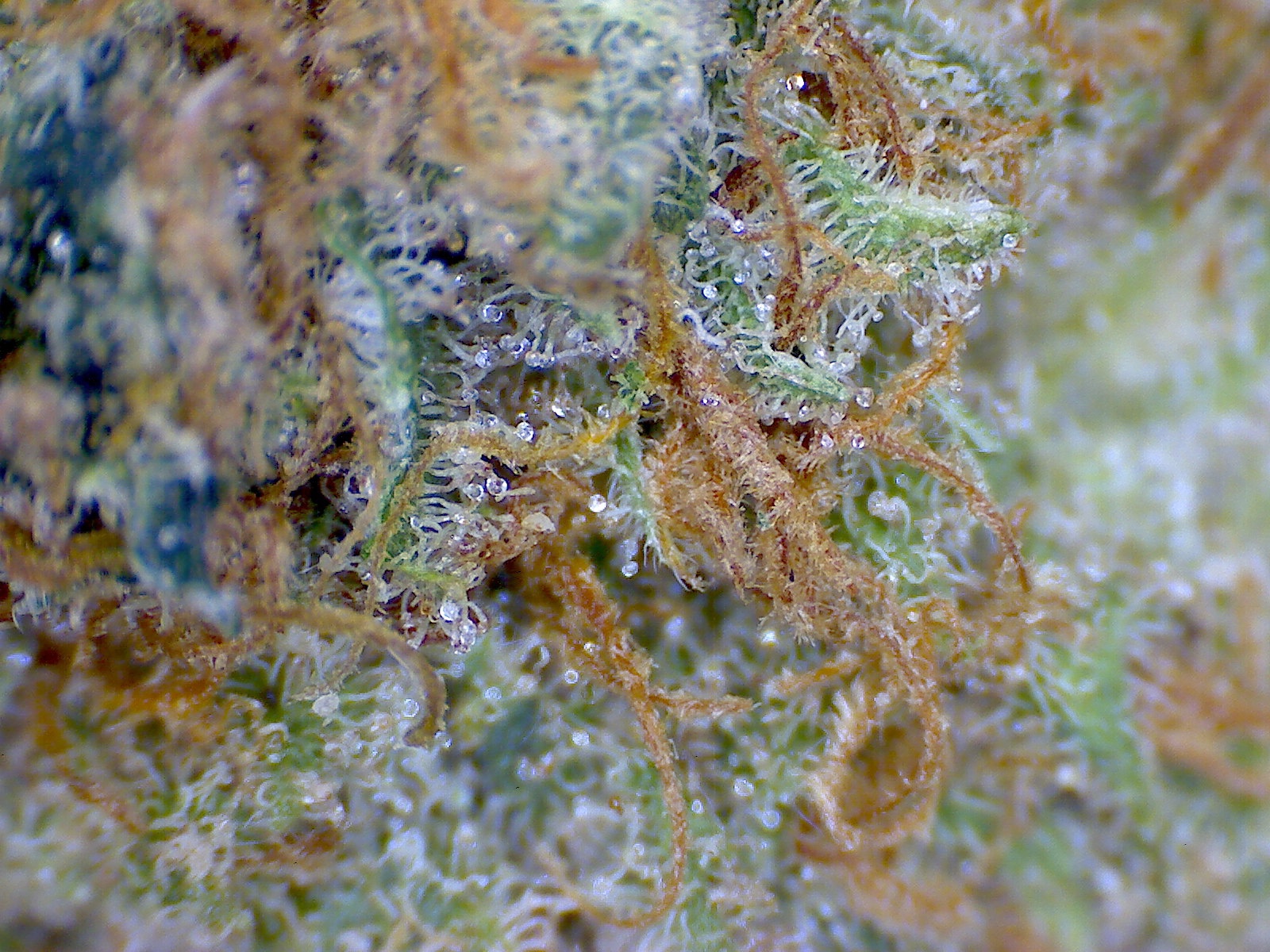Linalool – 388 Degrees: A Terpene Found in Lavender

Have you ever run through the lavender field, simply outstretching your arms while feeling the soft and tiny petals beneath your fingertips? A mere thought of this can significantly reduce stress. It distracts us from our preoccupied thoughts at that moment.
But there is a compound that can reduce your stress level even more. This stress relieving compound is the terpene found in lavender. This is found in a lot of unique cannabis strains known as linalool.
This terpene is usually found in sweet basil, rose, tomato, laurel, and particularly in colognes and perfumes including coffee and teas. This is used in candles and incense and sometimes often used for aromatherapy. Majorly the scent of linalool can be compared with lavender but it also has a hint of citrus, blueberry and woody accents.
Uses of Linalool
It is mainly used as a scent in around 70% – 80% of hygiene perfumed products as well as cleaning agents like detergents, soaps, lotions, and shampoos. Linalool is used like a chemical intermediate as one of its downstream products is vitamin E.
Use of Linalool by Pest Professional

Male common fruit fly (Drosophila Melanogaster) – about 2mm long – sitting on a blade of grass with green foliage background
The terpene is also used by various pest professionals as a fruit fly, flea, and cockroach insecticide. The terpene is also used as one of the methods of pest control in terms of codling moths. In fact, linalool is known to create a more synergistic effect along with the codling moths pheromone known as the codiemon that increases the males’ attraction. Linalool is the terpene that is also used in various mosquito-repellent products.
Plants Containing Linalool
There are various plants which contain linalool. Among them;
- Lavandula
- Cannabis sativa
- Cinnamomum Tamala
- Ocimum basilicum
- Cannabis indica
- Solidago
- Humulus lupulus
- Artemisia vulgaris

Potential Toxicity and Safety of Linalool
Linalool can be consumed in different ways. It can be absorbed easily by inhalation of the aerosols. It can be taken by oral intake or even by skin absorption. It potentially causes pain, irritation and allergic reactions. Almost around 5 – 7 percent of patients in Sweden who are undergoing patch testing were noticed to have allergy from oxidized linalool form. When you inhale linalool, it may end up causing dizziness or drowsiness.
Linalool is a famous terpene that is linked to reducing pain, anxiety, inflammation and has various anticonvulsant properties, which lead us to think its presence in the unique cannabis attribute to the ability of the plant to calm seizures. Linalool also works as the sleep aid; so needless to say, most of the strains with linalool make people sleepy.
Some of the cannabis strains which contain linalool in higher traces are lavender, amnesia haze, Purple Kush, and LA Confidential, among several others which we can point out just by using the nose and by recognizing the particular lavender appeal.
The linalool boiling point is 388 degrees Fahrenheit. So avoid vaporizing the terpene as you would need to go over this temperature if you wish to cook with it.
Like other cannabis strains, linalool also affects every one of us quite differently, depending on the body chemistry.






